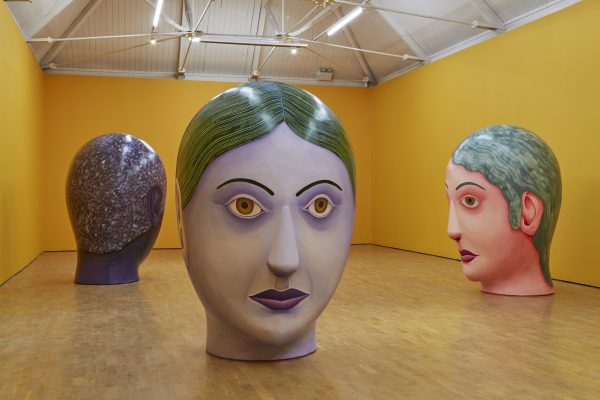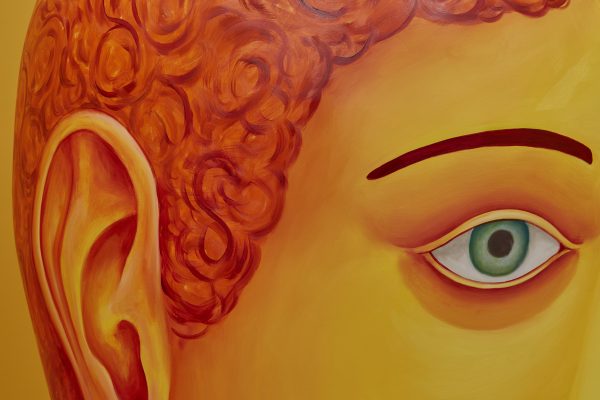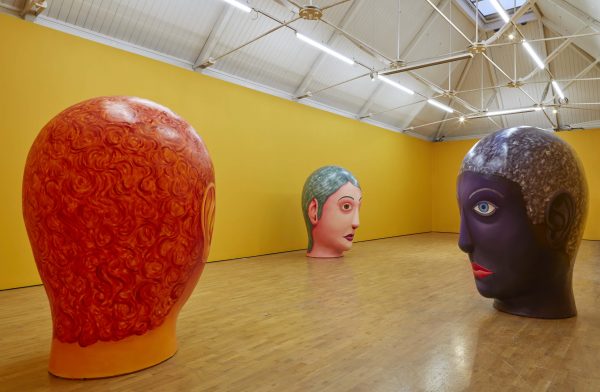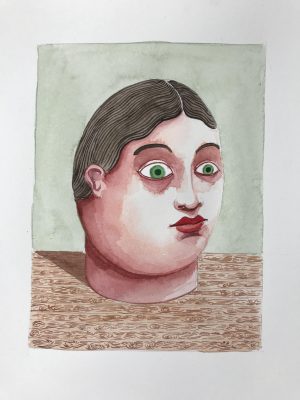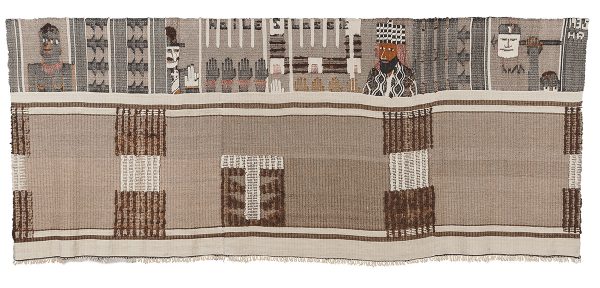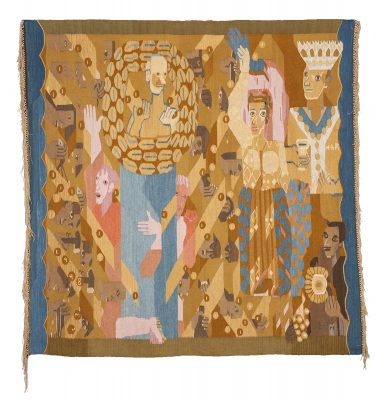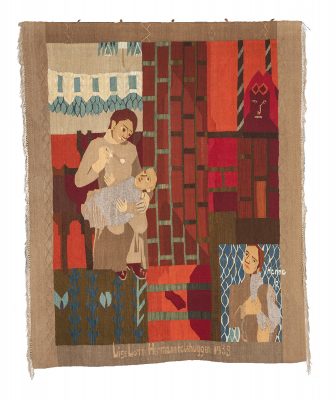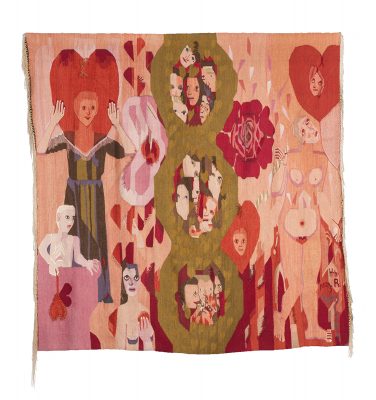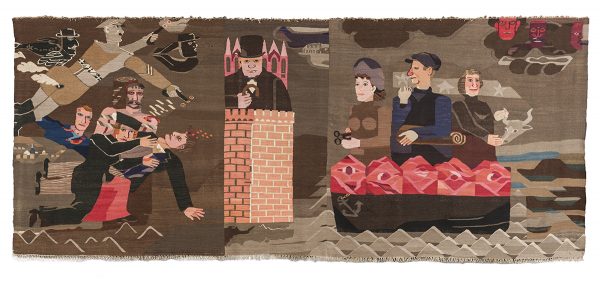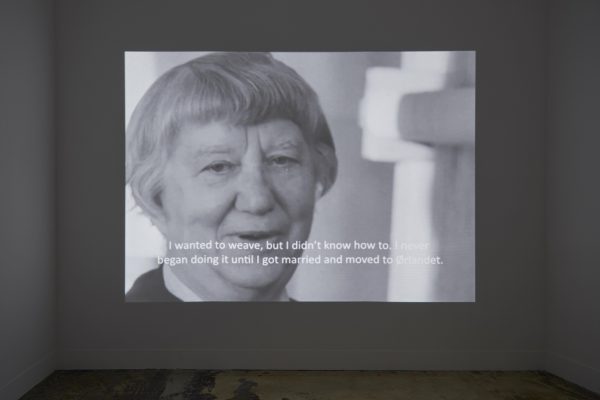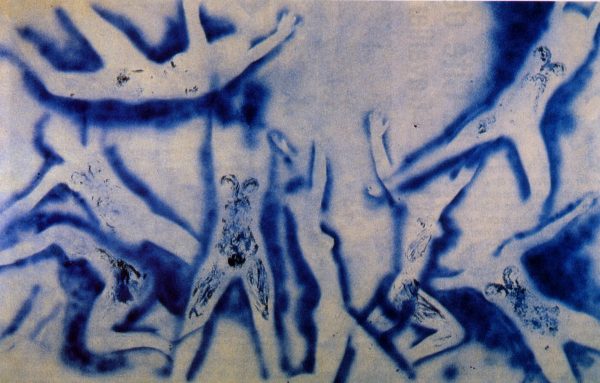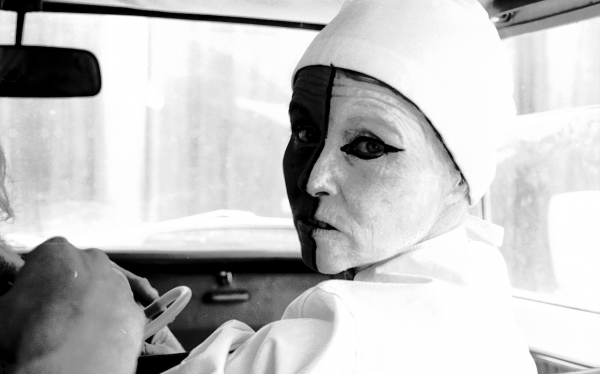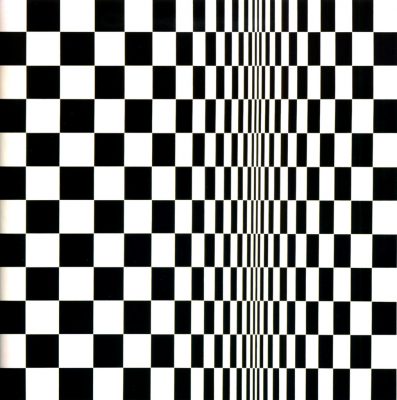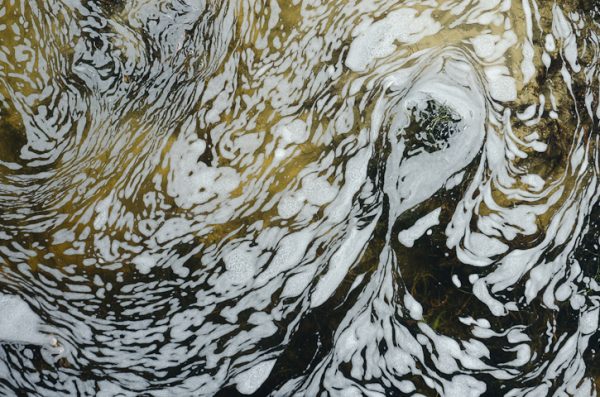The limestone statue of the diamond trader, imperialist and racist Cecil Rhodes that adorns the façade of Oxford’s Oriel College (where only one Black British A-level student has been admitted since 2010) has an impossibly large head. This kind of synecdochical oversizing of the head, and often the hands too, has a long heritage in classical sculpture: Michelangelo’s David is but one example. A large head contains an expansive mind; large hands do great things. Rhodes’s supersized finger points outwards and toward a prosperous future for the ‘finest race in the world’, which – according to him – was the Anglo-Saxon race. But this hand also points downwards to where he would have fallen, had Oriel College not rejected campaigners’ call to remove the statue.
To build individuals in stone is to ask the landscape to be forever defined by them. To build individuals in stone is to submit to a belief in the unwavering infallibility of genius, of bravery, of accomplishment. For many, tearing down statues is a Soviet thing, an Isis thing, a totalitarian-authoritarian thing; it is extreme, whereas Oxford, they think, is not.
Nicolas Party, the Swiss artist whose site-specific installation Speakers is currently on show at Modern Art Oxford’s Piper Gallery, reads the city’s architecture as imbued with ‘a masculine energy’. In response, Party has sculpted five enormous women’s heads to acknowledge the work of the city’s notable women. Two metres high and like milliner’s dummies, the heads were designed on 3D-printers before being fashioned from plaster and placed inside the small gallery, whose walls have been painted orange. Vibrancy is Party’s strength: he is known for his bright, blobby still lifes and landscape paintings. One head has a violet face and slick green hair, another is Pepto-Bismol pink with raspberry lips. The women look out in different directions, and on closer inspection, their apparently neutral expressions admit boredom, wry amusement, incredulity.
Speakers is based on the Emperor Heads, thirteen stone busts that encircle Oxford’s seventeenth-century Sheldonian Theatre. The identities of the busts remain unknown, and while their laurel wreaths might make them philosophers or apostles, enigmatic Oxford folklore christened them ‘emperors’. Party’s monuments mirror this indeterminacy. At once recognisable, they are also interchangeable – just like the city’s many statues of dead white men.
The installation has an accompanying soundscape – a hubbub of piano, strings and indiscernible women’s voices – that doesn’t add much, but as a corrective to the stony masculinity of the Oxford’s architecture, there is something to be said for Party’s orbicular heads. Often it is the corporeal ‘softness’ of women that is exaggerated in sculpture: Louise Bourgeois gives us bosomy landscapes and voluptuous pregnant bellies, the ceramicist Arlene Shechet makes clay ooze and quiver in the feminine, but rarely is it a woman’s mind that is removed from her body, emphasised, venerated.
It is easier, it transpires, to take down a painting than a statue. In 2016 – at the apogee of Oxford’s Rhodes Must Fall protests – Balliol College replaced a portrait of Viscount George Curzon, Viceroy of India and colonialist, with student artwork. It’s easier still to fold up a tapestry. Indeed, the pliability of tapestry, its ability to transmute messages in transit, is much of its beauty. Quite unlike the fixity of a stone statue that fastens achievement, person, or success to a place, tapestry is a portable means of communicating splendour – or struggle – across borders.
On show in Modern Art Oxford’s largest upper galleries is ‘Hannah Ryggen: Woven Histories’. The UK’s first major exhibition of the Norwegian weaver Hannah Ryggen’s work, it is a pertinent and beautiful counterpoint to Party’s concurrent exhibition. If Le Courbusier famously likened tapestries to ‘nomadic murals’, Ryggen, who wove angry and nuanced political scenes, turned tapestries into nomadic monuments.
At the 1937 Paris World’s Fair – where Picasso displayed Guernica for the first time – a large tapestry entitled Ethiopia by Ryggen was transported from Norway to France. The tapestry depicts the 1935 Italian invasion of Ethiopia: brown and black tufted hands clammer towards prison bars watched over by Haile Selassie, the King of Italy Victor Emmanuel III, while in the far corner, Benito Mussolini is speared through the head by an Ethiopian soldier. At the fair, this corner section was folded back and hidden so as not to offend the visiting Italian dignitaries.
Ryggen lived most her life in Ørlandet, rural Norway, on a remote farm with her husband and daughter. Despite starting out as a portraitist, she swapped painting for tapestry, in-vogue abstraction for political narrative. A committed member of the Communist Party, an anti-imperialist, anti-fascist and a pacifist, Ryggen was drawn to weaving in order to make works of art that could be viewed by the many (her works are almost all publicly owned), blending traditional Norwegian craft with perspicacious, sometimes humorous, social commentary. Her large-scale tapestries were made using wool spun from local sheep and dyed with foraged plants fermented in human urine. But the production of the dye belies the intensity and beauty of the colours that Ryggen created. Yes, there’s a lot of brown, but there’s also fuchsia, turquoise, burnt orange and midnight blue.
Ryggen’s colours do much of the narrative work. A Free One (1933) presents struggling workers seizing the legs of the then Norwegian Prime Minister, Einar Gerhardsen, and fellow aristocrats with cartoon faces, who are covered in orange-gold jewellery. In the background, ochre coins spill out across the weave and into the hands of the rich. Death of Dreams (1936) is a dark prison scene in greys and reds. Convicts, including Albert Einstein and the pacifist Carl von Ossietzky, peer out from behind bars, while Joseph Goebbels, Adolf Hitler, and Hermann Göring dangle a corpse over a wall decorated in swastikas. Mother’s Heart (1947) is a beautiful uterine wash of pink, scarlet, magenta, roses, hearts and naked-breasted bodies that quite plainly depicts the artist’s love for her daughter, Mona.
Ryggen’s tapestries are neither confined to a depiction of domesticity, nor do they fully partake of the Socialist Realist tradition. Instead, she conceives of herself and her family as imbricated in international class struggle. In the largest piece of the exhibition, 6 October 1942 (the date when martial law was declared in Trondheim, Norway), Hitler shoots at a crowd, Churchill looks on from his tower, and Ryggen, her husband, and her daughter are seen cast adrift in a boat surrounded by choppy waters.
Alongside Hitler, Churchill and Lyndon B. Johnson, Ryggen also wove monuments to those activists who were killed by Nazism: Liselotte Herrmann, a young communist; Viggo Hansteen, a Norwgian lawyer and communist; and Rolf Wickstrøm, a labour activist and trade unionist. But in matters of politics, genocide and war, Ryggen always remained attuned to the collective. She shows the workers chained-up, holding hammers or raising their hands in fists. Ryggen’s threads give a face to the masses, so that they are not some imperceptible, abstract crowd – a literal lumpenproletariat – but a celebrated, recognisable force. The hardness of poverty, debt, unemployment and fascism are made tactile and tangible by her.
‘Equality for all mankind. We are all flesh and blood, just the same,’ Ryggen once said. She was right, for no one is born of stone.
